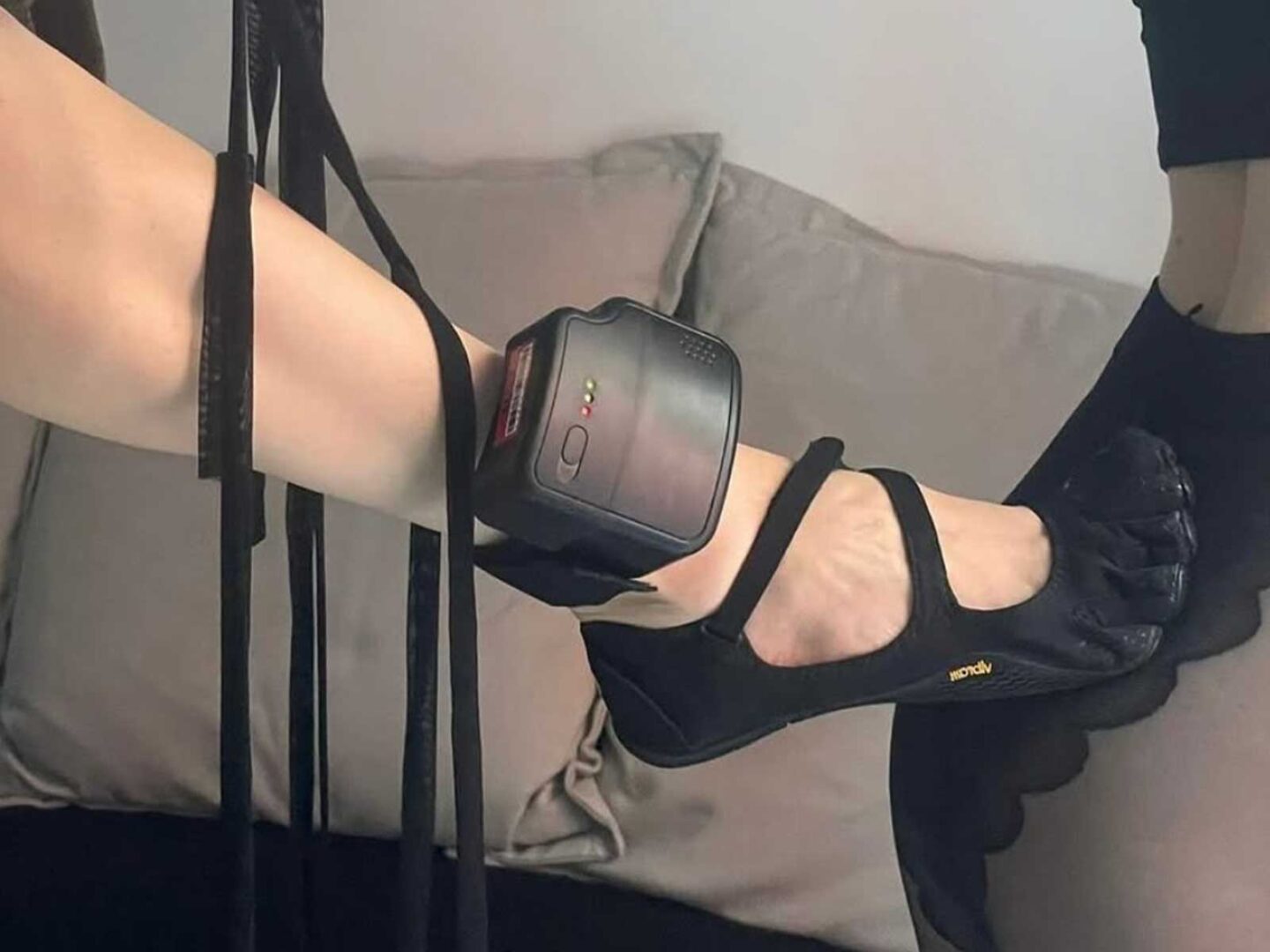In 2025, few would have anticipated that one of the most unusual elements on the horizon of trends would be the use of an ankle monitor. An accessory that, beyond evoking images of confinement or judicial control, is taking on a new form in the universe of wearable technology. The traditional figure of the Apple Watch, the device that has led the segment of wearable technology and health monitoring, is moving from the wrist to the ankle, adopting an increasingly precise function: the analysis of physical activity and the measurement of calories burned. This new location is not only an aesthetic change, but also a manifestation of how body-tracking devices are becoming key pieces of fashion and functionality.
The seed for this new trend was planted by fitness gurus Ana Espinal and Kristen Hollingshaus, who, through their documented workouts on TikTok, showed how wearing the Apple Watch on the ankle not only resulted in a more accurate measurement of physical activity, but also offered a new perspective on how to interact with monitoring technology. Their proposal was quickly adopted by a new generation, in particular by mothers who, when taking their walks, wanted to keep their hands free. What seemed like a coincidence or a functional adaptation became a mass phenomenon. Suddenly, an object previously associated with the wrist, a symbol of efficiency and control over daily life, was transformed into an extension of the body.
In pop culture, the ankle monitor has become associated with the figure of Lindsay Lohan, who, in 2007, was forced to wear a SCRAM (Secure Continuous Remote Alcohol Monitor) due to her legal problems. An object marked by conviction, arrest and surveillance, it, in the society of the time, became a symbol of scandal and restriction. However, far from being just a reminder of social disobedience, Lohan’s figure transformed it into a sort of haute couture object of desire: the very accessory that would link her to prison was, ironically, embellished by the intervention of Karl Lagerfeld himself for Chanel, who, in 2008, designed a SCRAM decorated with diamonds and modified to become a luxury object. It is not just an anecdotal detail; it is an example of how fashion, even in its darkest forms, can reclaim the “forbidden” and turn it into a coveted accessory.
However, contemporary culture has broken new ground. The ankle monitor is no longer exclusively associated with transgression, but is reinvented as a precision piece of technology. While figures such as Anna Delvey, the notorious fraudster turned Netflix star, continued to exploit the ankle monitor aesthetic in their public interventions, the trend moved away from the margins of scandal and into the fashion mainstream. Luxury brands such as Fendi and Gucci have explored this fusion of technology and style, bringing the aesthetic of the criminal accessory to catwalks and fashion editorials. The legacy of the ankle monitor is being redefined, and brands such as Evade House, the emerging Spanish label, have joined this movement with their own designs.
At the same time, the market is changing: although Apple has stressed that its devices are calibrated to be worn on the wrist, the proliferation of these ankle accessories shows how the boundaries of technology and fashion are blurring. Wearing the Apple Watch on the ankle, although still debated in terms of its effectiveness and calibration, opens up a range of possibilities for personalisation and adaptation of the device. Here, fashion is not just a matter of aesthetics, but a manifestation of personal control and self-observation: an act of reconfiguring the body through technology, of redefining the parameters of what it means to monitor and care for oneself.
If you ever come across someone wearing an ankle monitor at the gym, don’t be fooled by first impressions. They’re not under house arrest, but rather participating in a trend that has transcended its origins of control and restriction to become a style statement. This reinvention of the ankle monitor is a testament to the transformative power of fashion: an object that, in its evolution, has shed its punitive charge to become a luxury item, a symbol of personal control, and, above all, a manifesto for the era of wearable tech.
Sigue toda la información de HIGHXTAR desde Facebook, Twitter o Instagram
